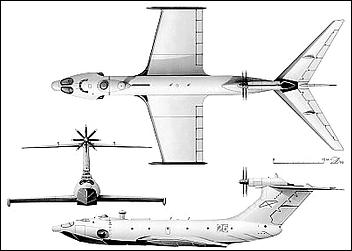Gannet
ACCESS: Restricted
- Joined
- 18 March 2008
- Messages
- 43
- Reaction score
- 12
While reading the following article, it baffles me why there are no modern examples of wing in ground (WIG) effect unmanned surface vessels
Unmanned Surface Vehicles: Past, Present, and Future
By Helmut H. Portmann, Seth L. Cooper, Mathew R. Norton, and David A. Newborn
http://www.globalatlantic.com/unmanned.html
They must be secret because the benefits are way too obvious:
1. Longer range (more standoff distance especially when compare to the AN/WLD-1 (REMOTE MINEHUNTING SYSTEM) with its semi-submersible surface vessel). This also means you are less likely showing your intend to the enemy.
2. Higher speed capability than planing, hydrofoil, and definitely semi-submersible surface vessels.
3. Mines are less of a threat.
4. Reduced detection by hydrophones
5. No visible wake or contrails from above
6. Higher transport efficiency Payload Weight/Power Required
7. The cost is definitely less than the cost of the AN/WLD-1 Semi-Submersible.
Also, I envision an unmanned wig-type surface vessel carrying, powering, and controlling the underwater submersible minehunting portion of the system or a Intelligence, Surveillance Reconnaissance Unmanned Underwater Vessel and provide a communication link with the remote base station.
Does anyone have any additional thoughts or insights on this subject.
Unmanned Surface Vehicles: Past, Present, and Future
By Helmut H. Portmann, Seth L. Cooper, Mathew R. Norton, and David A. Newborn
http://www.globalatlantic.com/unmanned.html
They must be secret because the benefits are way too obvious:
1. Longer range (more standoff distance especially when compare to the AN/WLD-1 (REMOTE MINEHUNTING SYSTEM) with its semi-submersible surface vessel). This also means you are less likely showing your intend to the enemy.
2. Higher speed capability than planing, hydrofoil, and definitely semi-submersible surface vessels.
3. Mines are less of a threat.
4. Reduced detection by hydrophones
5. No visible wake or contrails from above
6. Higher transport efficiency Payload Weight/Power Required
7. The cost is definitely less than the cost of the AN/WLD-1 Semi-Submersible.
Also, I envision an unmanned wig-type surface vessel carrying, powering, and controlling the underwater submersible minehunting portion of the system or a Intelligence, Surveillance Reconnaissance Unmanned Underwater Vessel and provide a communication link with the remote base station.
Does anyone have any additional thoughts or insights on this subject.




